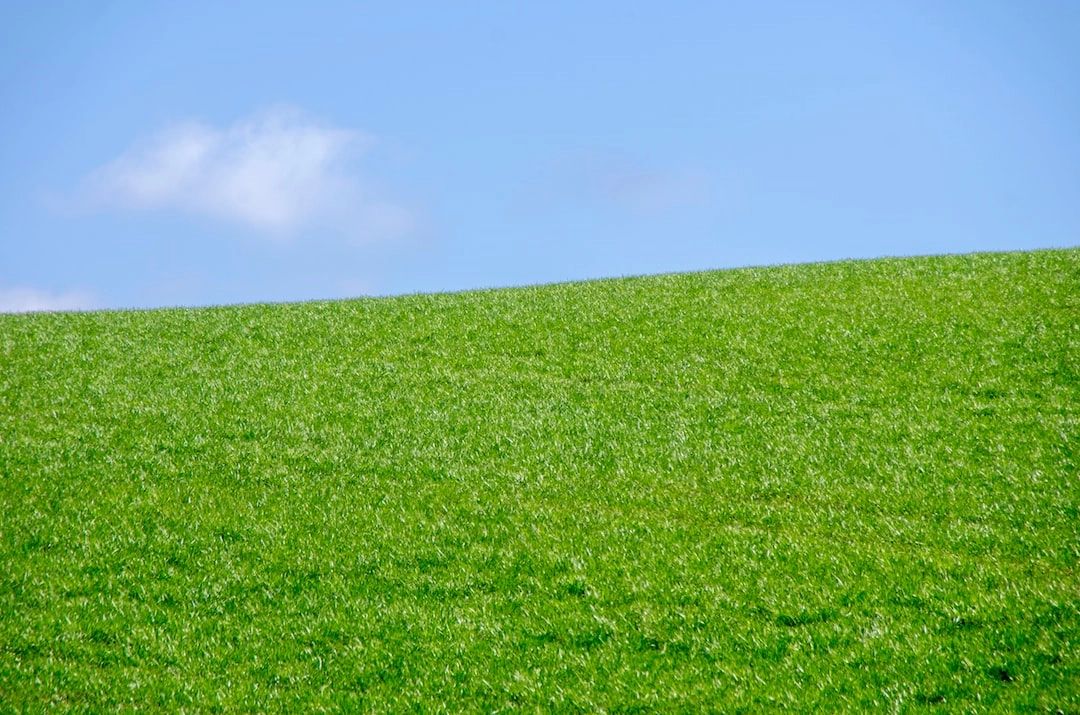
What it is:
Green Practices in Coffee Production refer to the adoption of sustainable farming methods that minimize negative environmental impacts and promote the overall well-being of ecosystems. These practices aim to prioritize the conservation of biodiversity, minimize water usage, reduce greenhouse gas emissions, and promote fair and ethical treatment of workers, among other objectives. By implementing green practices, coffee producers strive to create a more environmentally and socially responsible coffee industry.
Real-World Problems:
Despite the increasing awareness and efforts towards sustainable coffee production, several challenges persist in the industry. These problems often hinder the widespread adoption of green practices and pose significant threats to the environment and communities involved in coffee production.
1. Deforestation:
Deforestation remains a major issue in some coffee-producing regions, as traditional practices involve clearing large areas of land for coffee cultivation. This has detrimental effects on wildlife habitats, contributes to soil erosion, and disrupts the overall ecosystem balance.
2. Water Scarcity and Pollution:
Coffee cultivation requires significant amounts of water, and inefficient water usage can lead to shortages, especially in regions prone to droughts. Furthermore, poor waste management practices, such as improper disposal of wastewater from coffee processing, can pollute water sources and harm local communities.
3. Pesticide Use and Soil Health:
Conventional coffee farming often relies on pesticides and synthetic fertilizers, which can have long-term negative impacts on soil fertility and biodiversity. Excessive use of chemicals can harm beneficial organisms, degrade soil quality, and contaminate water sources.
4. Social Inequities:
The coffee industry faces challenges related to fair wages, labor rights, and social inequalities. Many coffee farmers and laborers struggle to earn a living wage, leading to economic instability and poverty within coffee-producing communities.
5. Market Volatility and Price Stability:
Fluctuations in global coffee prices can destabilize the livelihoods of farmers, particularly small-scale growers. Unpredictable market conditions can make it challenging for farmers to invest in implementing green practices or to adopt sustainable farming methods.

Solutions to Real-World Problems in Green Coffee Production:
1. Afforestation and Agroforestry:
To combat deforestation, coffee producers can implement afforestation projects by planting trees and restoring natural habitats. Additionally, adopting agroforestry practices allows coffee to be grown under shade trees, preserving biodiversity and improving soil quality.
2. Water Conservation and Good Agricultural Practices:
Coffee farms can implement water conservation techniques such as rainwater harvesting, drip irrigation, and efficient water management practices. Employing Good Agricultural Practices (GAP) helps reduce pollution by managing wastewater and reducing chemical runoff.
3. Organic and Regenerative Farming:
Transitioning to organic farming methods eliminates the use of harmful pesticides and synthetic fertilizers, promoting soil health and biodiversity. Regenerative farming practices, such as crop rotation and composting, restore and rejuvenate the soil.
4. Fair Trade and Responsible Sourcing:
Supporting fair trade initiatives ensures that coffee farmers receive fair prices for their produce, enabling them to improve their livelihoods and invest in sustainable practices. Responsible sourcing practices prioritize ethical treatment of workers and adhere to social and environmental standards.
5. Economic Diversification and Price Stabilization:
To mitigate the effects of market volatility, coffee farmers can diversify their income sources by growing other crops or exploring alternative revenue streams, such as agro-tourism. Coffee cooperatives and certifications that promote fair prices can provide stability to farmers.















